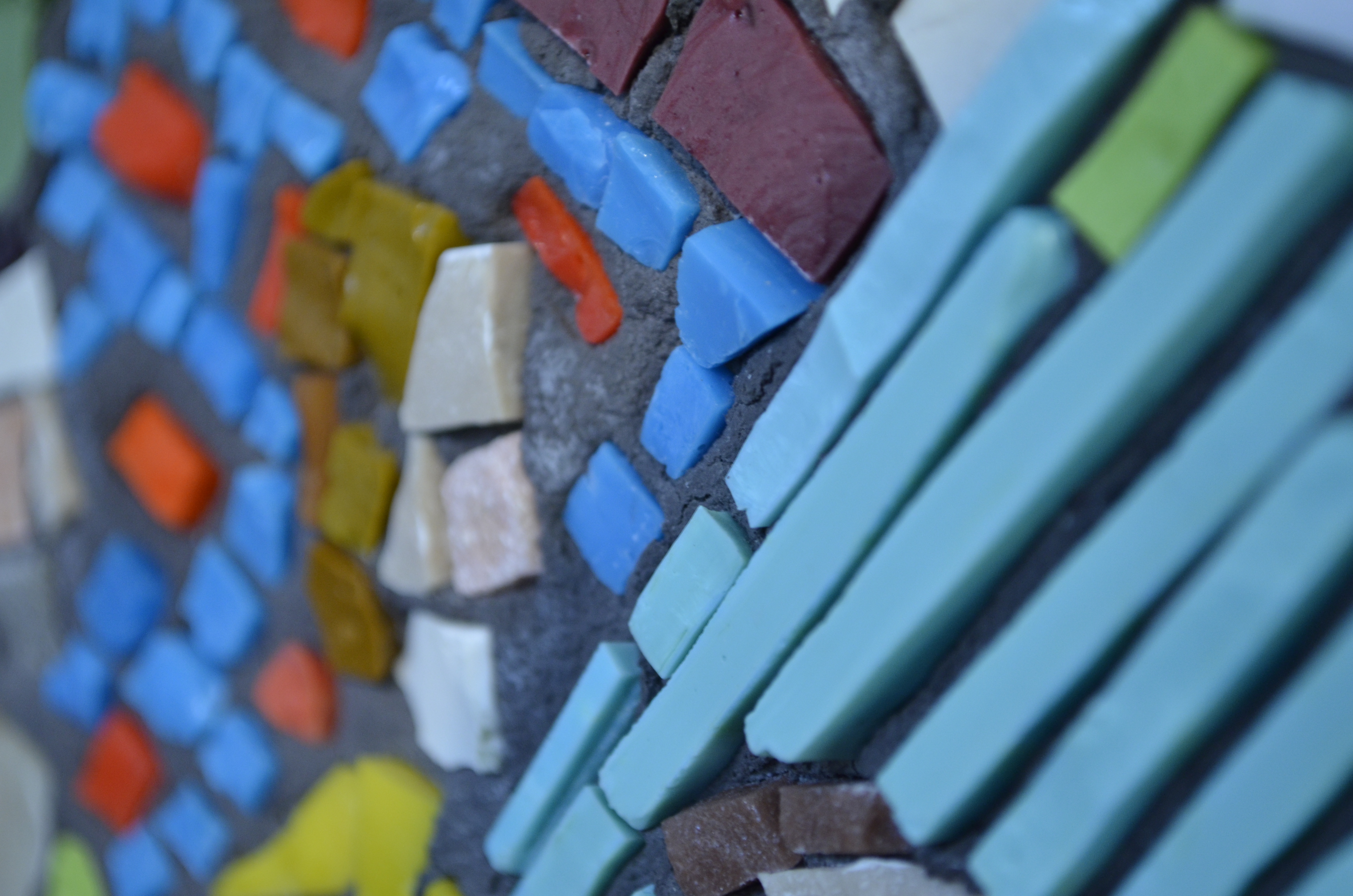Opening: 5 October at 4.30 pm
Organaizer: Comune di Ravenna, MAR Museo d'Arte della città di Ravenna
Entrance MAR: 9€, concession 7€
Opening Hours: Tuesday- Saturday 9 am - 6 pm, Sunday 11 am - 7 pm -Closed on Monday - Last admission one hour before closing time
Vanitas is the title of the project that displays a large mosaic sculpture depicting a skull, made by Niki de Saint Phalle in 1988 with mirrored glass tiles and palladium leaf while she was working on the sculptures for the Tarot Garden in Garavicchio, Tuscany. The Tarot Garden is an esoteric sculpture garden and a unique artistic project. It was opened to the public in 1998, almost twenty years after the artist began this completely self-financed work, and exhibits twenty-two enormous sculptures in steel and concrete, decorated entirely with mosaics of
mirrors, glass and ceramics and dedicated to the tarot symbols. Niki de Saint Phalle was a highly educated and non-conformist figure and an exponent of Nouveau Réalisme. She dedicated most of her artistic research to the female figure, contrasting stereotypes about gender differences and affirming creative freedom through painting, sculpture and cinema.
In the work exhibited at MAR, Tête de Mort I, Niki de Saint Phalle debases the drama of death through the sculpture’s large size and, ironically, affirms how the end is surpassed by the continuity of life.
The mirrored tiles reflect the image of the observer, forcing a direct comparison, like a memento mori,
with the symbol of life’s end, while at the same time restoring the multiplicity of human identity: refracted elements of personality that recompose into an overall view. The work, specifically chosen for Ravenna, a city of mosaics and mausoleums, clearly refers to the iconography of vanitas and to a theme that is particularly suited to the territory, that of the victory of eternal life over death. The city’s funerary monuments, such as the Mausoleum of Theodoric, that of Galla Placidia through to sepulchral monument of Guidarello Guidarelli and Dante’s Tomb, are examples of how life, culture and historical testimonies have prevailed over earthly death. Niki de Saint Phalle tackles the iconography of the skull and recovers the stylistic features of ancient works, not only by choosing the mosaic technique but also by using the reflective power of the mirror, an inevitable reference to Byzantine mosaic art of Ravenna, which is characterized primarily by the poetics of light, thanks to the use of vitreous paste and pure gold tiles. Just as the ancient works transcend towards an otherworldly dimension (towards the divine), so Tête de Mort I moves beyond earthly nature to transmute into eternal life.
«La mort n’existe pas, autrement dit life is eternal» (Niki de Saint Phalle)
